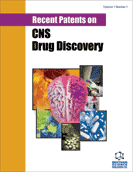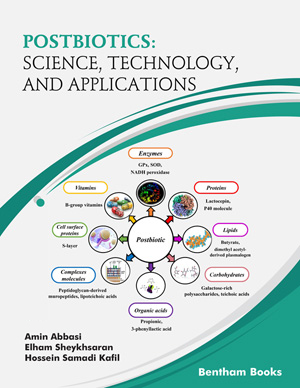Abstract
Nanotechnology structures are particles with a diameter of 1 to 100 nm in at
least one dimension. Nanoparticles are made from a variety of soluble and insoluble
materials. The nanotechnology market is expected to expand at a rate of around 17.5
percent per year between 2016 and 2022. New nanomaterials that have been thoroughly
characterized are becoming increasingly important in biomedical applications. There's
a lot of evidence that nanomaterials do not just communicate with cells passively; they
also interact with them actively. For the estimation of toxic endpoints, machine
learning (ML) methods and algorithms are commonly used. The ML tools in Nano
toxicology enable the combination of a number of knowledge sources containing
physicochemical properties and outcomes of in vivo and in vitro toxicity experiments.
The goal of this review was to highlight current achievements and point out new
methods of evaluation in the field of predicting Nano toxicology.






















